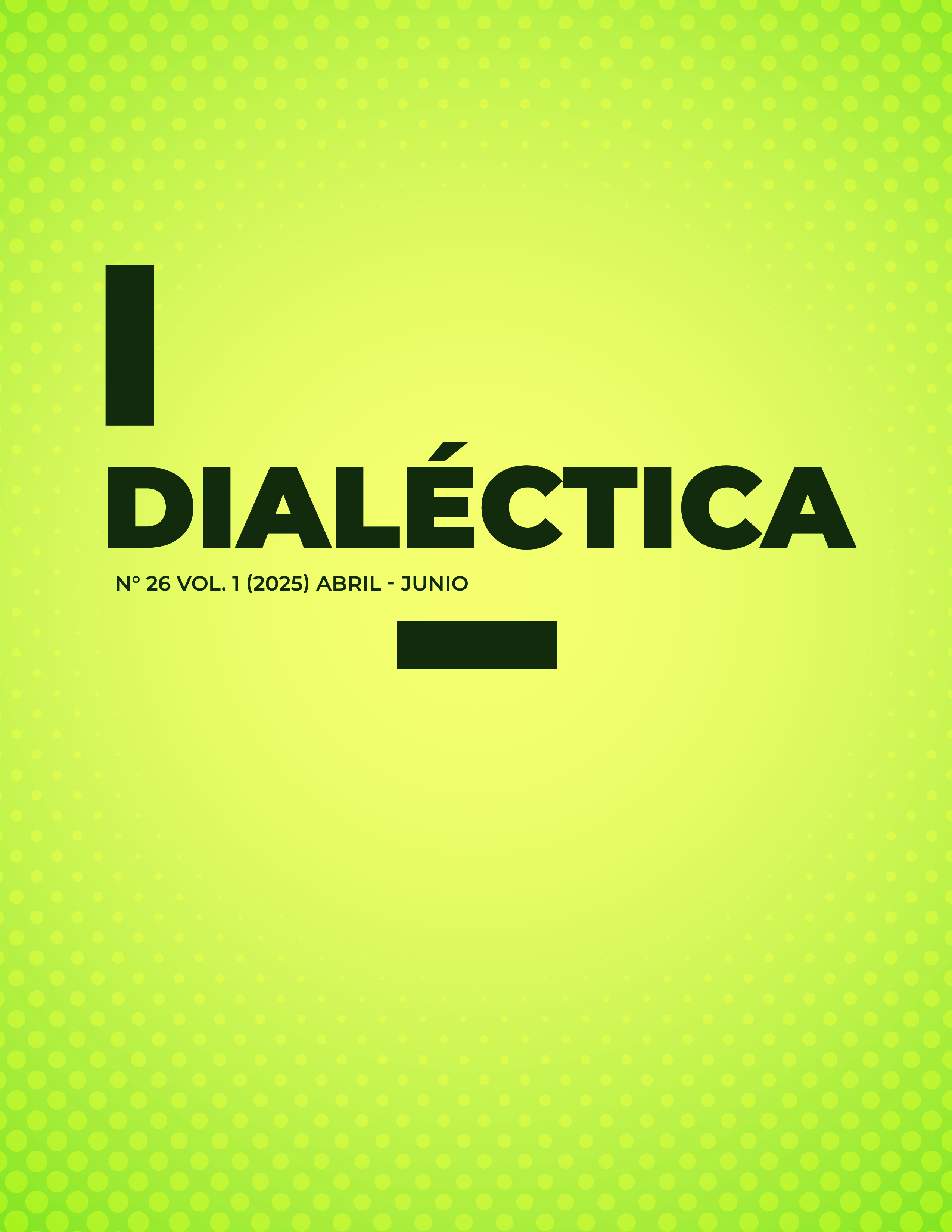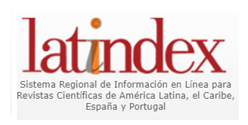STRUCTURE OF THE CONCEPTS NEURODIVERSITY AND NEURODIVERGENCE
DOI:
https://doi.org/10.56219/dialctica.v1i26.4403Keywords:
neurodiversity, neurodivergenceAbstract
In the following scientific essay, a review is made of the emergence of the concepts Neurodiversity and Neurodivergence, which have their origins in the movements for the defense of the rights of autistic people in the eighties, which were strengthened in the nineties and early two thousand by the emergence of digital communities on the Internet, and where people whose cognitive functioning diverges from the neurotypical were added. In this sense, although the concept of Neurodiversity arises from various communities worldwide, it is important to highlight the International Autism Network as well as the contributions made by Sinclair (1993), in addition to the ideas of the Independent Living Foundation by Dekker (1996), in whose forums the debates on these concepts probably began, and which served as an essential basis for the contributions of Singer (1999), to whom the term neurodiversity is attributed in a sociological study relating biological diversity with neuronal diversity. In addition to all this, this essay also addresses the concept of Neurodivergence initially according to the arguments of Asasumasu (2000), who proposes the term as a reference aimed at recognizing those neurologies that are outside the neurotypical, and that covers a large number of particular neurologies, while highlighting the contributions of Walker (2014) as one of the main exponents regarding the spectrum of neurodivergences in congenital or acquired terms, all with the intention of approximating an initial understanding about those people who, from a neurological perspective, perceive the world differently, without forgetting some reflections on these realities and their implications at a social, political, cultural, as well as educational level.
Downloads
References
Alistas bajo Cuerda. (28 de diciembre de 2018). Historia del movimiento de la neurodiversidad: origen del movimiento: https://alistasbajocuerda.wordpress.com/2019/01/04/historia-del-movimiento-de-la-neurodiversidad-hispanohablante/
Ausubel, David. (1968). Psicología educacional. Una mirada cognitiva: Estados Unidos: Holt, Rinehart y Winston Editores.
Dekker, M (2019). De la exclusión a la aceptación: vida independiente en el espectro autista. En Kapp, S. La comunidad autista y el movimiento de la neurodiversidad. Palgrave macmillan. https://link.springer.com/chapter/10.1007/978-981-13-8437-0_3
Beauvoir, Simone de (1949). El segundo sexo. Ed. Gallimard
Beyond Akeela. (2 de mayo de 2023). Cronología del Movimiento de la Neurodiversidad. Adolescentes Neurodivergentes: https://beyondakeela.com/2023/05/02/a-timeline-of-the-neurodiversity-movement/
Blume, H. (1997). Autismo e internet o Es el cableado, estúpido. Media in Transition.
Blume, H. (1998). Neurodiversidad: Sobre los fundamentos neurológicos del mundo geek. The Atlantic.
Bourdie, P. (1985). ¿Qué significa hablar? Economía de los intercambios lingüísticos. Ediciones Akal S.A Madrid. España.
Bourdie, P. (2007). El Sentido Práctico. Buenos Aires: Siglo XXI editores. argentina.
Grandin, T (febrero 2010). El mundo necesita todo tipo de mentes. Charla TED. https://www.ted.com/talks/temple_grandin_the_world_needs_all_kinds_of_minds?language=es
Fuertes, M. C. (23 de abril de 2019). Donna Williams: Autismo En Primera Persona. Asociación TAJIBO.: https://tajibo.org/donna-williams-autismo-en-primera-persona/
Foundations for Divergent Minds (27de Julio 2023). Kassiane Asasumasu on Neurodivergent. [archivo de video] https://www.youtube.com/watch?v=J0BP5nbgdu4
Lopez, A. (2 de febrero de 2017). Temple Grandin: La zoóloga que piensa en imágenes. Mujeres con Ciencia: https://mujeresconciencia.com/2017/02/02/temple-grandin-la-zoologa-piensa-imagenes/
Monique Botha, R. C. (2024). El concepto de neurodiversidad se desarrolló colectivamente: una corrección pendiente sobre los orígenes de la teoría de la neurodiversidad. Sage Journals.
Pastor, C, Sánchez, J, Zubillaga, A. (2018). DUA diseño universal para el aprendizaje. Edelvives.
Price, Devon. (2022). El autismo sin máscara. Los nuevos rostros de la neurodiversidad. España: Editorial Sirio.
Reaño, E. (26 de junio de 2023). Neurodiversidad y neurodivergencia. Reaño. https://ernestoreano.pe/neurodiversidad-y-neurodivergencia/
Sánchez, B. (12 de junio 2024). Neurotípico no es normal. Nuevas palabras en neurodivergencia. Mamá Valiente. https://www.mamavaliente.es/2024/06/12/neurotipico-no-es-normal-nuevas-palabras-en-neurodivergencia/
Sinclair, J. (1993). No lloren por nosotros. Conferencia en red internacional de Autismo. Toronto: Our Voice, Volume 1, Number 3, 1993.
Silverman, S. (2013). Una tribu propia: Autismo y Asperger otras maneras de entender el mundo. Ariel.
Singer, J. (1999). ¿Por qué no puedes ser normal al menos una vez en la vida? De un problema sin nombre a una nueva categoría de discapacidad. Francia: Open University Press.
UNESCO. (1990). Declaración mundial sobre la educación para todos, satisfacción de las necesidades básicas de aprendizaje. Foro consultivo sobre la educación para todos. Nuevo york.
Walker, N. (2014). Neurodiversidad: Términos y definiciones básicas. Neuroqueer. https://neuroqueer.com/neurodiversity-terms-and-definitions/
Downloads
Published
How to Cite
Issue
Section
License

This work is licensed under a Creative Commons Attribution-NonCommercial-ShareAlike 4.0 International License.
La revista Dialéctica conserva los derechos patrimoniales (copyright) de las obras publicadas, que favorece y permite la reutilización de los mismos bajo la licencia Creative Commons Atribución-NoComercial-CompartirIgual 4.0 , por lo cual se pueden copiar, usar, difundir, transmitir y exponer públicamente, siempre que se cite la autoría y fuente original de su publicación (revista, editorial, URL y DOI de la obra), no se usen para fines comerciales u onerosos y se mencione la existencia y especificaciones de esta licencia de uso. Si remezcla, transforma o crea a partir del material, debe distribuir su contribución bajo la misma licencia del original.











